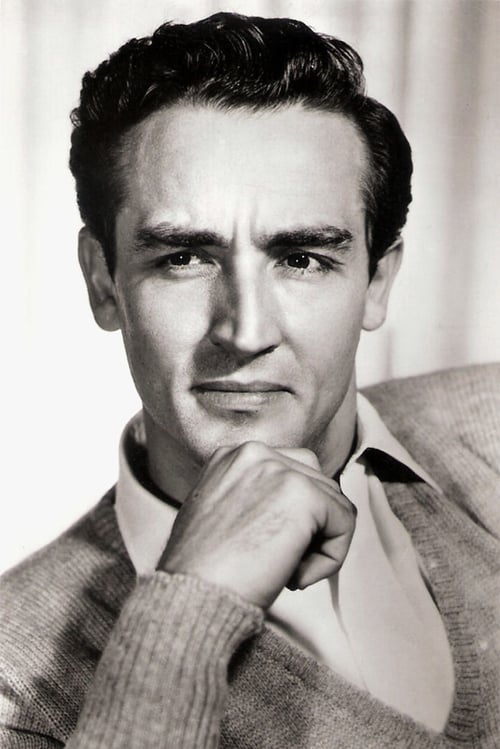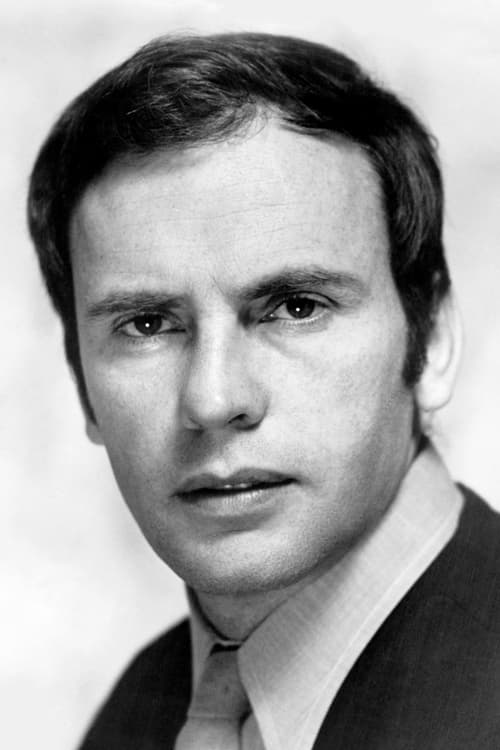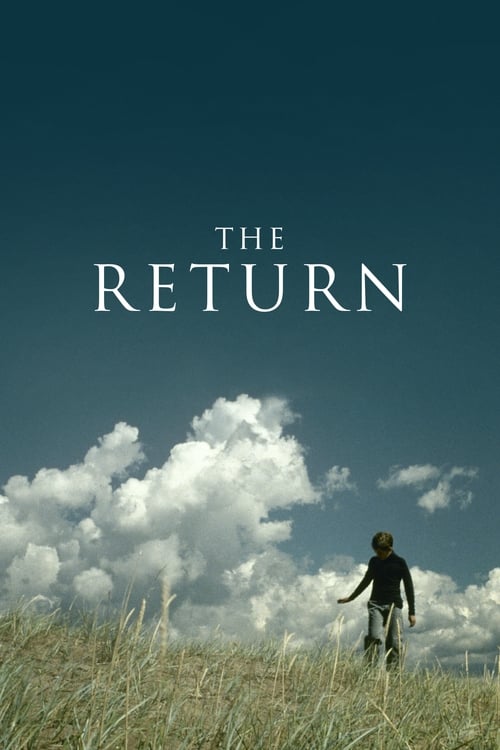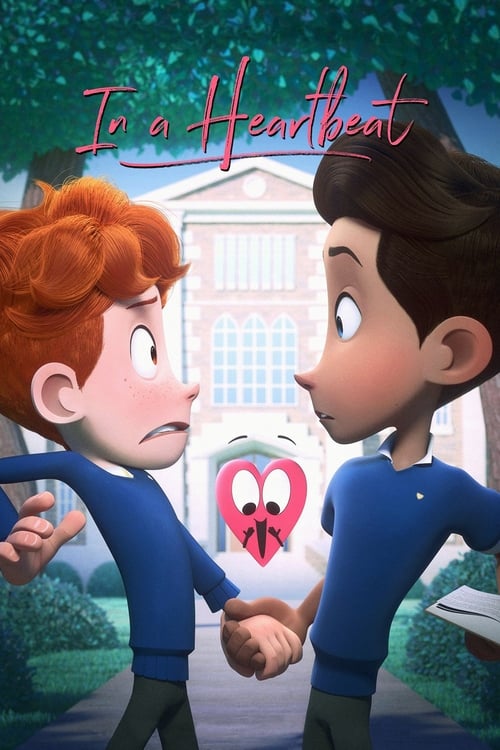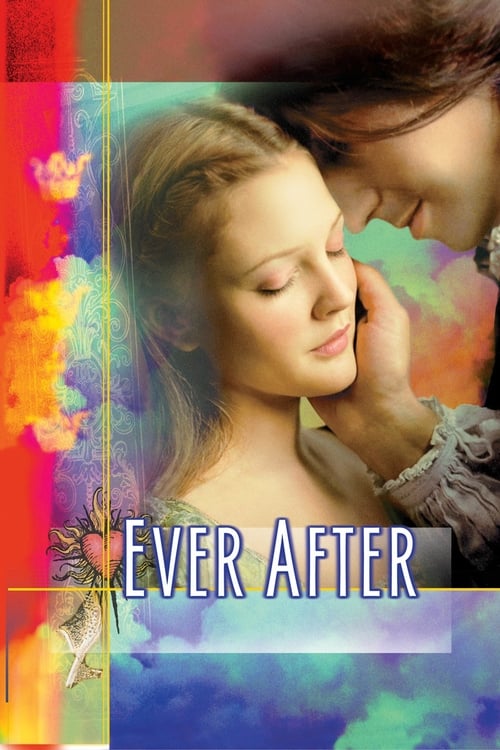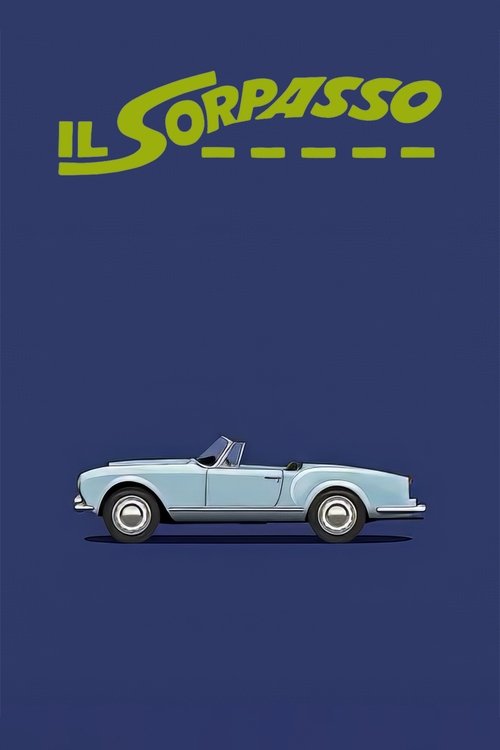
Il Sorpasso
Roberto, a shy law student in Rome, meets Bruno, a forty-year-old exuberant, capricious man, who takes him for a drive through the Roman and Tuscany countries in the summer. When their journey starts to blend into their daily lives though, the pair’s newfound friendship is tested.
Dialogues from Movie Il Sorpasso
Quotes from Movie Il Sorpasso
Sound Tracks from Il Sorpasso by Armando Trovajoli
Memorable Scenes from Movie Il Sorpasso
The First Encounter
During a sunny day in Rome, we see the carefree Bruno meet the introverted Roberto. Roberto, a diligent student, is waiting for the bus when Bruno pulls up in his vintage car. Their brief exchange sets the stage for their contrasting personalities. Bruno's charming yet reckless behavior immediately captivates Roberto, who reluctantly accepts a ride and steps into a world full of spontaneity. This moment is electric, displaying the initial thrill of adventure.
Context: Roberto is initially wary of Bruno's carefree attitude but feels drawn to him. This encounter symbolizes Roberto’s internal struggle between responsibility and the desire for freedom.
The Road Trip Begins
Bruno takes Roberto on an impromptu road trip through the beautiful Italian countryside. Their laughs and conversations highlight their differences—Bruno's love for life versus Roberto's cautious nature. They stop at a roadside diner where they share food and stories, and there’s a moment of connection as Roberto starts to enjoy the ride. This scene emphasizes friendship, adventure, and escapism.
Context: The road trip serves as a metaphor for Roberto's journey toward self-discovery. He begins to shed his inhibitions as they explore new places and ideas.
The Beach Scene
At the beach, Bruno and Roberto meet a group of young women, leading to a flirty back-and-forth. Bruno’s confident charm attracts the women, while Roberto remains shy and awkward. When Roberto finally starts to flirt, he gains confidence as he sees the joy in his friend's behavior. This moment marks a pivotal shift in Roberto’s character, embracing life and spontaneity.
Context: The beach represents freedom, joy, and youthful exuberance, contrasting Roberto's earlier rigid persona. It showcases the power of friendship in helping individuals grow.
The Turning Point
As they drive through the countryside, a sudden accident shocks the duo. It’s not a physical accident but a brutal truth that they are confronted with—Bruno’s reckless lifestyle leads to a dangerous encounter. The tension peaks as Roberto realizes the dark side of Bruno's free-spirited ways. This moment of realization rattles him, making him question their friendship.
Context: This pivotal moment signifies the fragility of life and the consequences of reckless behavior. It starkly contrasts with the previous carefree moments.
Roberto's Meltdown
After witnessing the depths of Bruno’s chaotic lifestyle, Roberto finally breaks down during an intense argument. He expresses his fears about the future, feeling overwhelmed by the memories of his responsible life. Bruno watches, unable to comprehend the weight of Roberto’s fears. This confrontation is raw and emotional, filled with frustration and confusion.
Context: Roberto's meltdown reflects his internal struggle and growing disillusionment. This moment is vital for showcasing the emotional weight that builds throughout the film.
Nighttime Conversations
Under a starry sky, the two friends have heart-to-heart talks about their lives and dreams. Bruno expresses his fear of settling down while Roberto admits his desire for stability. This scene is emotionally heavy, enriched with visually stunning nighttime imagery. It’s a moment of vulnerability that deepens their friendship and understanding of each other’s lives.
Context: The conversations mark a significant point where both characters connect their hopes and fears, highlighting their contrasting life philosophies.
The Family Impact
In a surprising moment, Roberto receives a phone call about family issues, and Bruno, in his carefree demeanor, tries to console him. This contrast creates tension as Roberto feels the burden of responsibility while Bruno dismisses it. The audience sees the weight Roberto carries, leading to a heartbreaking realization about their friendship dynamics.
Context: This moment emphasizes personal obligations versus the allure of a carefree life, a central theme throughout the movie.
The Climactic Accident
The film reaches its emotional peak when Bruno, attempting to prove he's still young and free, recklessly speeds through a winding road. In a tragic twist, he loses control and crashes. The aftermath leaves viewers stunned as Roberto watches the accident unfold, the horror evident in his expression. This event marks the transition from lively adventures to a painful reality.
Context: The accident symbolizes the inevitable consequences of recklessness and reveals how Bruno's carefree attitude leads to tragic outcomes.
Roberto's Shock and Sorrow
In the aftermath of the accident, Roberto’s anguish is palpable as he kneels beside Bruno, grappling with a whirlwind of emotions—fear, guilt, and heartbreak. The visuals of the chaotic scene, coupled with Roberto's cries, create an aching sense of loss and realization. This moment is haunting, cementing the gravity of their friendship.
Context: This scene marks the climax of the film, fracturing Roberto’s beliefs and forcing him to confront the reality of friendship, freedom, and mortality.
The Final Farewell
As Bruno's life hangs by a thread, they share poignant final words. Roberto realizes that despite their differences, Bruno's reckless spirit influenced him profoundly. Bruno, weak yet wise, tells Roberto to live fully, leaving him with a heart-wrenching farewell. The contrasting visuals of their connection versus the tragedy heighten the emotional weight.
Context: This moment epitomizes the film's central theme of seizing life amidst chaos and uncertainty, leaving a deep imprint on both Roberto and the audience.
Life Goes On
After Bruno's death, Roberto stands alone on the empty road, reflecting on their journey together. The vibrant colors of the landscape juxtaposed with his somber demeanor create an emotional farewell. Roberto begins to drive, embodying a blend of sorrow and newfound resolve, suggesting a path toward embracing life’s uncertainties.
Context: This final scene signifies growth, culmination, and the mixed emotions that accompany grief and acceptance—defining moments in Roberto’s journey.
Bruno's Free Spirit
Through his actions, Bruno's character represents the triumph of spirit over life’s mundane struggles. During joyous road escapades, he displays charisma and allure, inviting viewers to ride the wave of youthfulness. Yet, in later scenes, this persona becomes a stark reminder of the precarious balance between freedom and responsibility.
Context: His spirit serves as a foil to Roberto's journey, highlighting how circumstances shape identities and choices.
The Friend’s Influence
As Roberto navigates his life post-tragedy, flashbacks of Bruno's carefree attitude manifest, reminding him of the joys and spontaneity he had embraced. There’s a bittersweet quality to these memories; they evoke fondness yet also pain. It showcases the lasting impact of friendships, even amidst loss.
Context: These flashbacks communicate how memory shapes identity while emphasizing the interplay of joy and sorrow within relationships.
The Impact of Regret
In the wake of Bruno's passing, Roberto reflects on their adventures, grappling with regret over the lost moments they shared. The visuals—scenes of laughter contrasted with Roberto's somber expressions—immerse the audience in his emotional turmoil. This deep reflection serves as a powerful moment of self-realization.
Context: Exploring regret allows the audience to grasp the importance of acknowledging emotions and relationships in life’s journey.
The Lament of Friendship
Roberto visits the places they frequented together, each location haunted by memories. The wistfulness in his expressions contrasts sharply with the joyful occasions they shared. Visually rich, this montage leads to a poignant reflection on mortality and lasting bonds—the echoes of laughter now tinged with sadness.
Context: This introspective moment highlights the powerful connection of friendship, underscoring the theme of cherishing shared moments amidst fleeting time.
Embracing Joy Again
In the film’s concluding moments, Roberto is seen letting go of his grief. He engages in laughter and connects with new people. The imagery shifts from isolation to a vibrant scene full of life, symbolizing hope. The audience feels a surge of optimism as Roberto learns to balance the joy of living freely with responsibility.
Context: This reiteration of joy amidst grief emphasizes resilience and the importance of moving forward, reinforcing the film’s overall message of cherishing life.
Download App


